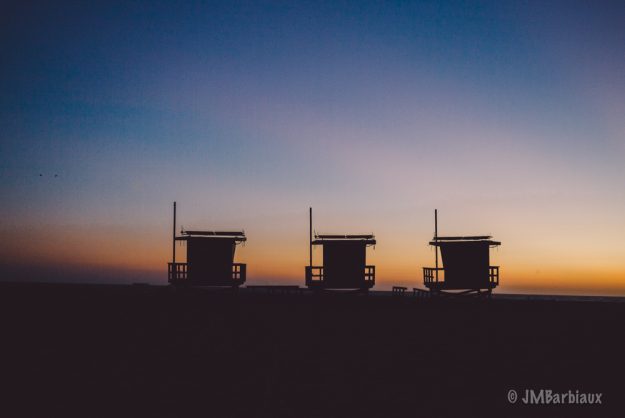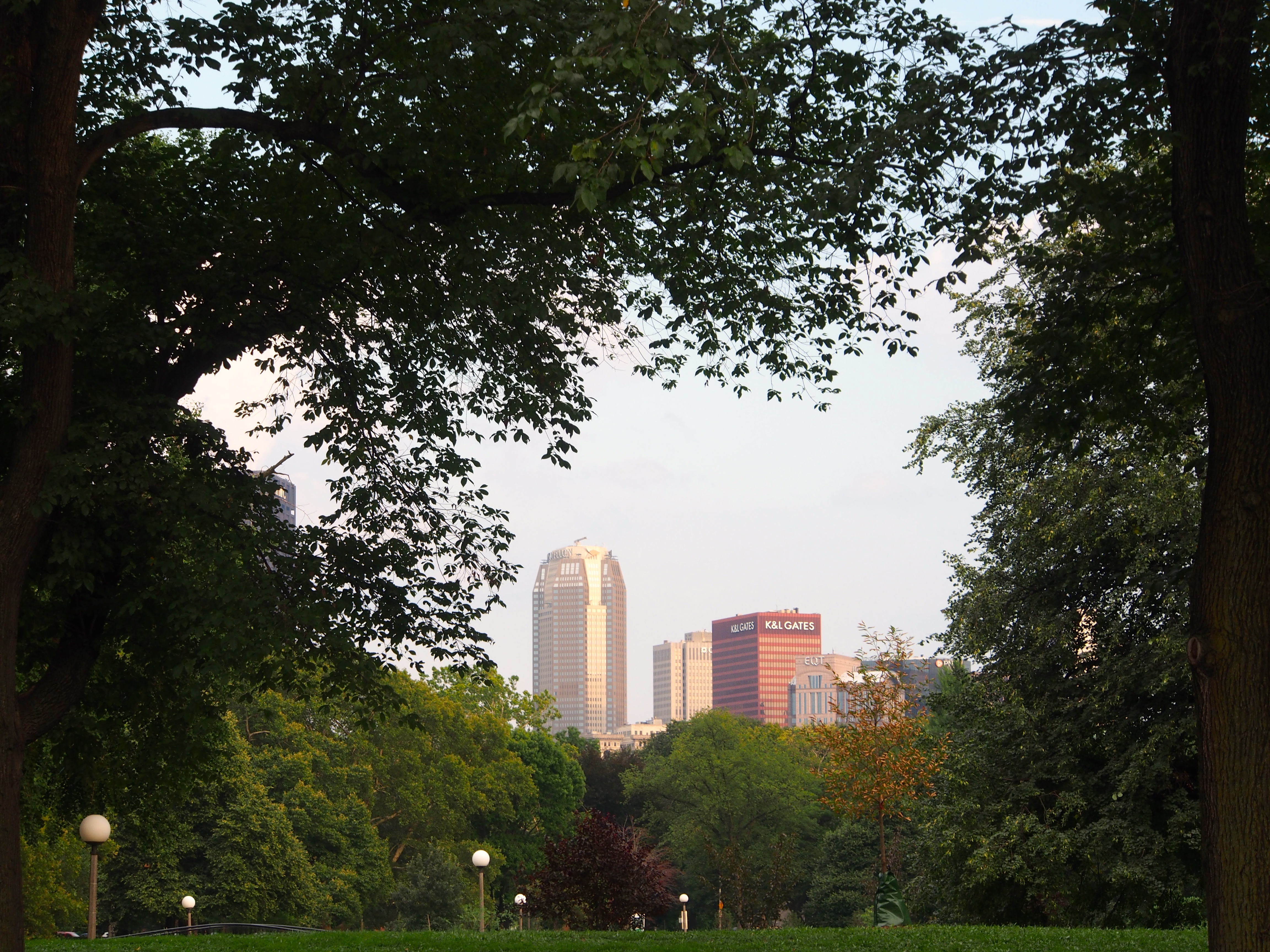The name Leica is synonymous with street photography… But what about landscape photography? Recently, I was asked what I thought about using a Leica M for landscape photography. Does a Leica M make sense for a landscape photographer? What are the limitations? What are the advantages? Of course, you could choose to use any camera for just about any type of photography if you aren’t worried about the process or results. Let’s take a look at how the most recent Leica M bodies fair.
Advantage
One of the cool things about shooting landscape photography with a manual focus Leica M lens is that the they are perfect for nailing focus using hyperfocal distance, a landscape photographers secret to maximizing sharp focus through most of the frame. With the Leica lens I simply turn my lens to match infinity with whatever aperture I’m using and wherever I point my camera I know where exactly the frame will start to be sharp and that it will be sharp to infinity.
Limitation
Minimum focus distance is around 0.7m meaning that if you’re the type of landscape photographer who likes to shoot low and keep the immediate foreground in your frame you’ll have an area of the photograph that won’t be super sharp. This is easily resolved by adjusting the perspective of your camera to skip the first two feet directly in front of you. Ninety-nine point nine percent of my photography would not suffer from this limitation but it is worth considering.
One type of landscape photography is called urban landscape or cityscape photography. The image above was taken using the Leica M10 with the Seven5 Micro filter with the 10 stop neutral density filter called the “big stopper”. This shot was taken in the middle of the afternoon with harsh light. As you can see, the Leica creates beautiful images just like any other camera (I notice no difference in image quality between the Leica and my Nikon D810, though lenses and high quality filters have a lot to do with this as well).
Advantage
The best camera is the camera you have with you. Leica M is a small camera with tiny lenses and I tend to carry it with me far more often than the massive D810. This doesn’t make the Leica a better landscape camera but it does make it more useful to me as I tend to carry it more often than I would something like a D810.
Limitation
The newer digital Leica M cameras are incredibly versatile but they still have Leica limitations. For instance, most cameras can be set to Bulb mode where you can leave the shutter open for minutes or even hours at a time. The Leica M10 is limited to only 125 seconds in Bulb mode up to ISO 800, the amount of time you can leave the shutter open decreases to 60 seconds at ISO 800, 32 seconds at ISO 1600, 16 seconds at ISO 3200, and only 8 seconds at ISO 6400. I have not run into a problem with this but I suspect some might (landscape astrophotographers).
For much of the photography one would think you need ultra long exposure times it’s often better to merge multiple shorter length exposures together to get the best effect. Take the image above for instance, had I left the shutter open for a minute or longer I would have choppy light trails as this shot was taken at an intersection where cars were stopped at one light or the other depending on which was red or green. Now, when taken in 4 to 10 second exposures I was able to merge images together without any of the cars stuck at a red light which created more flowing light trails.
There you have it, a Leica can shoot landscapes as well as most other cameras. The most recent M, the M10, is incredibly diverse and benefits from live view, a solid smart phone app that acts as a remote release, and incredible high ISO capabilities among many other things (you can read my review, with sample images, here).
If you’re wondering to yourself “self, is this article only for newer Leica M cameras?”, the answer is no… Any Leica M makes a good landscape camera. In fact, any camera can be used to shoot interesting landscapes. The end result, whether the images is great or not, is less dependent on the camera and more dependent on the landscape and your ability as a photographer to effectively frame it.
The shot above and ones below were taken with the Leica M7 and Kodak Portra 400 film.
Thank you for visiting PhotolisticLife.com, please feel free to leave your thoughts in the comments section below.

















Worth keeping in mind as a rangefinder, using ND and grad filters on the M, will not show up the changes like other formats which may have live view. Not an issue for some but it will be for those learning possibly.
Great addition! Thank you.
The Leica M is a camera. Why wouldn’t it be good for landscape photography?
Bc that answer is too short for an entire article ;).
LOL
Leica lenses have a particular advantage: incredible sharpness. Use that.
When looking through the viewfinder, inexperienced landscape photographers are tempted to tilt the camera so as not to waste half a frame.
Experienced landscape photographers know to keep the camera square and level to avoid distortion. Here is where we use Leica sharpness, and sacrifice the real estate in the bottom of the frame.
The result is wide shots, foreground reference, and little distortion — Leica sharpness makes it possible.